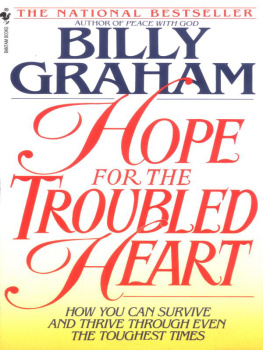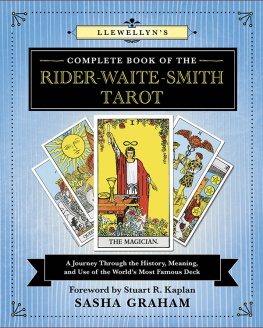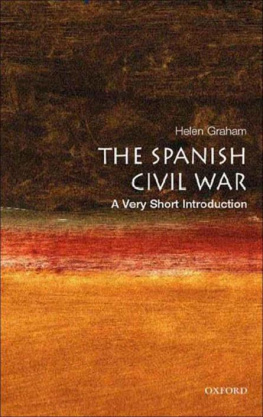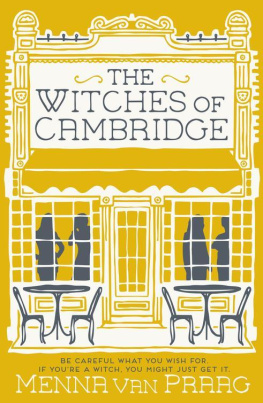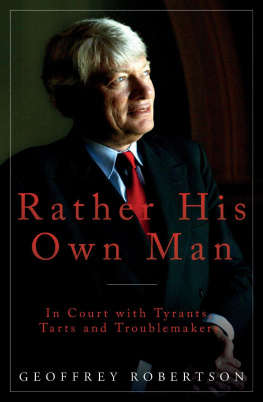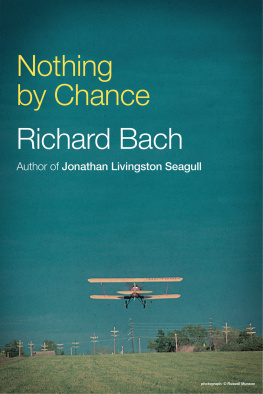This new revised edition published by
Grub Street,
The Basement,
10 Chivalry Road,
London SW11 1HT
Copyright this edition Grub Street 2003
Text copyright Peter Graham 1988, 1995, 2003
First published in 1988 by Penguin Books Ltd
The moral right of the author has been asserted.
British Library Cataloguing in Publication Data
ISBN 1 904010 05 9
PRINT ISBN: 9781904943495
EPUB ISBN: 9781909808850
All rights reserved. Apart from any fair dealing for the purposes
of private study, research, criticism or review, as permitted
under the Copyright Act, no part of this book may be
reproduced or transmitted in any form or by any process
without permission in writing from the publisher.
Typeset by Pearl Graphics, Hemel Hempstead
Printed and bound by Biddles Ltd, Guildford and Kings Lynn
Contents
Acknowledgements
I should like to extend especial thanks to Elizabeth Carmichael, who kindly allowed me to consult her very wide-ranging and catholic collection of cookbooks, many of which cannot be found in libraries. I am grateful, too, to the food historians Philip and Mary Hyman, who provided much useful information about pre-twentieth-century cookbook writers and their recipes; to Tony Kitzinger, who gave invaluable help, to Randolph Hodgson, owner of that excellent cheese shop, Neals Yard Dairy, in London, who brought me up to date on new developments in British cheese-making; to Dr Keith Walker, who helped me on various points of erudition; and to Richard Boston, who provided some savoury titbits of information.
I should also like to thank Elizabeth David, Eleanor Fishman, Professor Keith Roberts, Nigel White (formerly of the Milk Marketing Board), Dr Tag Gronberg, Professor Ginette Vincendeau, Ghislaine Bavoillot, Madeleine Terrasson, Roy Malkin, Paul Overy, Hugh Rance, Jonathan and Rene Fenby, Peter and Winifred Campbell, Mary Macleod, Dennis Walder, Judith B. Jones, Catherine Abbati, Claudia Roden, Jane Grigson and Mauro Terrosi.
The following chefs kindly gave me permission to reproduce their recipes (references to the recipes concerned will be found under their respective names in the index): Michel Bras, Jeanne Chabut, Guy Girard, Marie-Claude Gracia, Cosima Kretz, Jean Moreno, Carla and Bernard Phillips, Yvonne Puech and Louis-Bernard Puech.
Preface to the
Third Edition
Although this is, strictly, a book about cheese cookery, not cheese, I do urge the reader always to go for the best-quality products available. One of the most crucial factors of cheese quality is the use of unpasteurized milk in its manufacture. Yet, in the last two or three years, misguided health authorities have tended increasingly to propagate the notion that raw-milk cheese is a potential health hazard per se. This is poppycock. It is plainly absurd to question the safety of traditional techniques and ingredients that have proved their worth for centuries. Any cheese, whether unpasteurized or not, may be unfit for human consumption if not properly made or looked after.
At about the time that the first edition of this book was published, a particularly virulent strain of the Listeria monocytogenes bacterium, which can under some circumstances cause listeriosis, an illness dangerous above all to pregnant women, was found in a consignment of Swiss Vacherin Mont dOr cheese. In the ensuing panic, one of the worlds greatest cheeses almost suffered the fate of the dodo. I am happy to report it is now thriving again.
And yet the food-safety fundamentalists in the shape of some, but not all, British environmental health officers and European Union officials are still pressing for a ban on cheeses made with unpasteurised milk.
Randolph Hodgson, a leading British cheese expert and founder member of the Specialist Cheesemakers Association (SCA), says he is concerned that we are reaching a point where over-hygienic production will prevent us using some of the traditional cheesemaking methods which are crucial for making good cheese. The SCA continues to campaign hard to prevent bureaucratic lunacy gaining the upper hand, while trying to keep the lines of communication open with the health authorities. Readers of this book can also do their bit, at a more basic level, simply by buying unpasteurized cheese whenever possible.
P.G.
Introduction
Imagine a world without cheese. A world where God or natural selection had organized things in such a way that milk the primal food of every mammal, including man inexorably went rotten (like fish or meat) when left for a time at room temperature, instead of coagulating, as it does, under the effect of natural bacteria and turning into a basic form of cheese. If milk did not have that magical property, generations of men and women would never have invented the hundreds of different kinds of cheese now in existence, and the world would definitely be a poorer place.
So we have much to be grateful for. Of course, we might still have ended up with only a dozen or so different cheeses. Instead we have anything from 700 to 2,000 varieties, depending on which authority and classification system one follows. The French alone have been responsible for inventing a large proportion of them, prompting the quip, variously attributed to Churchill and De Gaulle, that a nation that has 365 different cheeses must necessarily be ungovernable. Whether that is true or not, such a wide variety certainly denotes a very strong streak of individuality. Todays inventors of cheese are white-coated technicians in spotless laboratories who gear their talents to the findings of market researchers. The result, known as giving consumers what they want, is often insipid.
In the past the process was very different. Cheddar, Camembert, Parmesan, Gruyre and hundreds of less familiar varieties of cheese were devised down the centuries by anonymous farmers and dairymen and women working in often not very hygienic conditions. They were well served by serendipity, imagination and trust in their own taste buds. After much trial and error, they succeeded in perfecting their particular cheese, and handed down its secret for future generations.
These real cheese-makers were true alchemists. Look, for example, at the number of variables that go into the making of a cheese. They include: the type of pasture where the cows are put to graze, the time of year they are milked, the breed of cow, the type of coagulation induced, the way the curd is cut and pressed, the technique of salting, the shaping of the cheese, the length of curing, the place of curing, and the very specific temperatures required at each stage of manufacture. The end product, not surprisingly, assumes a multitude of guises, sizes, textures and flavours that is quite staggering given that most cheeses have but one ingredient: milk.
Tiny Plardon goat cheeses, for instance, make hardly more than a mouthful, while huge cylinders of Cantal weigh up to 50 kilogrammes (a hundredweight) each. The surface of Pont-lEvque or Handkse has deep folds and wrinkles, that of smoked Provolone is sensuously smooth. The rind of a proper farmhouse Saint-Nectaire is covered with yellow, grey and rust-coloured moulds reminiscent of lichen, while mass-produced Edam sports an aseptic wax covering. The crust of Stilton is as dry as sandstone, that of Boulette dAvesnes as tacky as fresh paint.
The same multiformity continues within. Some cheeses have holes in them hundreds of tiny ones, like Sams, or scores of yawning cavities, like Emmental, or else the occasional solitary eye, like Gruyre. The exposed edge of Parmesan, which has to be split rather than cut, is as rugged as a cliff face. Slice into a really ripe Camembert, and its cut surface will bulge for a time like a full goatskin and eventually spill out over the plate. The crumbly white mass of Roquefort is riddled with blue-green
Next page

